Seder night - The saddest of days?
- Eric

- Jul 10, 2023
- 7 min read
We’re all inundated with emails and Whatsapp messages (B”H for Whatsapp: the Refuah to our isolated-ness coming as always before the Makkah). We hear shiurim, podcasts, TED talks, jokes, Rabbis, Imams, priests – you name it. However, sometimes silence is more productive.
It takes me back to davening in the Sahara desert. Davening with a Minyan was fantastically spiritual. (Hallel on Yom Ha’Atzmaut was…beyond!!) But before joining the Minyan, I wanted to spend a few minutes alone on a deserted dune. The overnight wind had returned the sand to its pristine state. At “netz” there’s sky, clouds, red sand in ever-changing hues: shhh… alone, silent… WOW!!
Just me and the Designer.
NEVER alone.
These days I have plenty of time for davening alone, in silence.
No traffic. No people. I can’t go to the Kotel. (BTW, I have re-named the Kotel, temporarily be”H. For those who think of it by its English mis-name, it’s now the “WaiTing Wall”.)
I have started davening on our porch, sitting there for an hour or so, trying to focus on every word, trying to understand and find meaning to the period we are passing through. At least there’s a wall in front of me.
Three times per day we pray: "אתה חונן לאדם דעת.. בינה... השכל" (“you give mankind knowledge… understanding… wisdom”).
I have long felt that means that sometimes we just need to focus inwards to find answers.
The right answers for us. The answers we need. They are inside. But how do we find them?
I was davening last Friday morning and a thought popped into my head.
I honestly, perhaps naively, believe that “thoughts” are the Divine answer to ourאתה חונן prayer. Put it this way, no-one has ever explained to me scientifically another source of thoughts and ideas. It is my firm belief that since the era of prophecy, thoughts come to us all on the Divine information highway, from “nowhere”, to help us with every aspect of our lives. “Brain-waves” solve problems and lead to … every invention man has ever devised.
So while davening, my feeble attempts at Kavana were interrupted by thoughts of how I was going to wishחג שמח to my kids this year. Tzaddikim all, none of them are prepared to risk our health and safety, especially when Naomi’s mother lives with us בלע"ה.
For about 40 years I have had the privilege of “conducting” the Seder for our ever-growing family B”H. When we made Aliya we had small kids and invited other families to join; as our and our friends’ families grew the numbers became unmanageable and we focused on our family, nuclear and peripheral, enriched by others needing a place to go.But whoever the crowd was, I looked for a theme on which to build a discussion around the table which emphasized the significance of the event.
I tried to make the conversation multi-level so that all present, from toddlers to great-grandparents, would have something to add to the conversation and something to take away. We focused on a different motif each year: the number 4, “Simchat” Chag as opposed to “Oneg” Shabbat, the “real” internal Chametz we seek to eradicate, the meaning of מצרים, and so on.
This year what could be the focus? Please NOT the ubiquitous C-plague!! We’ve heard enough recently about plagues. We need a night off. Next year we’ll do that one be”H. What else? As none of the kids will be with us, I wanted to share a message to enable each of them, separately and together, to conduct their own Sedarim… for the very first time and perhaps to engage their kids. Then the thought arrived.
So here it is.
As Julie Andrews sang in the movie we remember but our kids probably have never heard of: “Let’s start at the very beginning… when you read you begin with A,B,C”.
Any child at the seder, at any age, starts his/her learning with the alphabet. So it’s easy to engage them by asking them, even the ones too young to reciteמה נשתנה to recite the alphabet/aleph-bet. Moving on, a little more challenging for the next age group, is to recite the alphabet/aleph-bet backwards (it’s fun too). Moving on, let’s ask everyone at the table what is the connection in our weltanschauung (how would you say that in English?) between the alphabet forwards and the alphabet backwards.
The חכמים at the table will immediately shout ”אתבש” (sorry AZBY doesn’t work). BTW, you can do AMAZING things with letters… like drawing pictures; suggestion for after chag to keep the kids occupied. For those who don’t recognize the concept of אתבש there’s time to google it; it is a system of connecting the forward and backward alphabets to learn a new “limmud” from a word or phrase. You swap the letter for its equivalently placed letter starting the aleph-bet backwards. On Pesach we have a famous אתבש, perhaps the best known of all.
The Rabbis, about 1800 years ago, fixed the calendar.
They wanted to avoid, for example, Yom Kippur ever falling on Friday or Sunday or Lag Ba”Omer on Shabbat (resulting in rules like לא אד"ו ראש, לא בד"ו פסח meaning that the first day of Rosh Hashanah can no longer fall on a Sunday, Wednesday or Friday or the first day of Pesach on Monday, Wednesday or Friday). What is the famous אתבש of Pesach, kids?
As the חכמים will answer, it is as follows:
The first day “א” of Pesach is always the same day of the week as “ת” Tish’a B’Av following.
The second day “ב” of Pesach is always the same day of the week as “ש” Shavuot following.
There’s your אתבש!
(You can continue: “ג” of Pesach = “ר” Rosh Hashana following; “ד” of Pesach = “ק” Simchat Kriat Hatorah (out of Israel – I less like that one); “ה” of Pesach = “צ” Tzom Yom Kippur following; "ו" of Pesach = "פ" Purim and for the true believers "ז" = of Pesach ="ע" Yom Ha’Atzmaut!!)
“Really?” I asked myself, “That’s it”. Linguistic/numerological mind-games. Or, I pondered, is there a deeper connection? Specifically between Seder night, the day of our being rescued from the slavery of Egypt and Tish’a B’Av – the saddest of days.
Let us not forget how Tish’a B’Av became Tish’a B’Av, long before the destruction of the Holy Temple. When the “spies” returned from Eretz Israel, they told true stories of what they saw with untrue prophesies of the consequences of what they saw. They saw giants: true. They prophesied that they couldn’t be beaten: untrue. The Jews were forever punished on that date for crying, failing to believe that with HKBH’s help they would/could win the battle. And, incredibly, there are still Jews today, with all the wealth and success around, saying: the challenge of living in Eretz Israel is too difficult. So the Galut continues… and the tears.
We begin to feel the connection; why it is an unchangeable law of nature that the first night of Pesach, Seder night, always falls on the same night of the week as Tish’a B’Av. Rabbi Google came to the rescue with more specific wonderful connections.
I looked up: “קשר פסח תשעה באב”. You’re welcome to follow suit.
There are, inter alia, a great learned Shiur in Hebrew by Rav Elyakim Krombein from the Gush and in English a beautiful Dvar Torah by Rabbi Blech “The Tragedy of Tish’a B’av and the Redemption of Pesach” (both websites sponsored by clients of Naomi BK Tours). I hope you take the time to read it, or even print it out. It concludes thus:
It is at the Seder that we have a remarkable custom that seems very strange — a custom that links the two days we have seen were decreed to two such dissimilar and contrasting verdicts. On the very night we look forward to redemption, we have a tradition of eating a hard-boiled egg, which many commentators explain is meant to commemorate the meal of mourning immediately prior to beginning the fast of Tisha B’Av.
What is the meaning of this seemingly bizarre connection?
It is the same truth that is expressed in yet another amazing way. Tradition teaches us that Messiah will be born on Tisha B’Av. What can the two possibly have in common?
The answer is profound: From the tragedy of the one comes the redemption of the other. By rectifying the sin of the lack of faith responsible for the divine decree of Tisha B’Av, we will be worthy of the blessing of redemption.
What both of them, the 15th of Nissan and the 9th of Av, share is recognition of the Seder of history. To grasp the recurring message of the calendar is to confirm God as the ultimate power behind human events — and to believe with certainty the fulfillment of our prophetically promised destiny.
This year, more than ever before in living memory or even recorded history, we have a Seder night that is unique. What will we feel? We’ll sit 2 meters away from others at the table and much further from so many others, our nearest and dearest, as we eat our hard-boiled eggs. Will we feel Tish’a B’Av, the saddest of days or the exhilaration of the imminent arrival of our salvation?
It’s up to us. It will be too easy to focus on the Tish’a B’Av emotion. Let’s “keep our eye on the ball”, not get confused and be”H be prepared for the biggest Simcha… EVER!!!!
This is the Jewish homeland. All of it. For all Jews. There’s room for everyone. You’ve been bombarded with WhatsApps the last few weeks PROVING it. It is time. Look at the picture. This is Tel Aviv, supposedly symbol of everything un-Jewish in Israel. Really?????
How is this connected to Naomi Boutique Kosher Tours?Easy.
When all of Klal Israel is living here in Eretz Israel we’ll be able to organize flights together from TLV to the most beautiful places on the planet. Much easier logistics than having to leave a window of several hours during which our guests arrive from the four corners of the earth!!
And if the predictions are accurate, others will be doing the hard work of preparing the tours for us. As befits a kingdom of priests and a Holy Nation, we’ll be flying in the new fleet of 1000 all business class ElAl planes.
הכי בבית בעולם : במהרה בימינו אמן : חג שמח




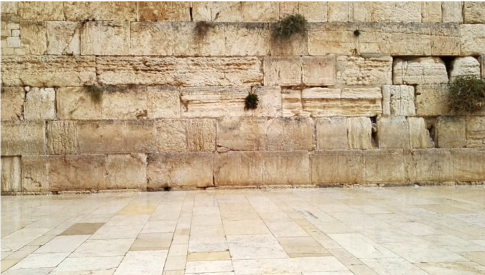

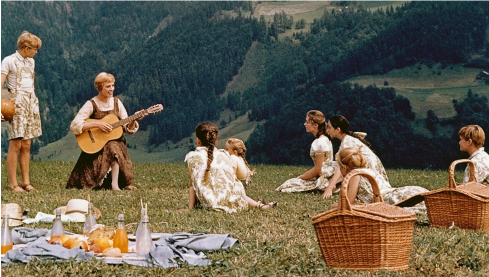

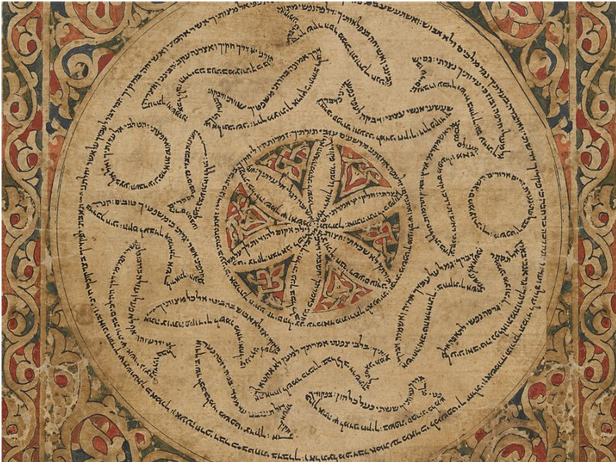

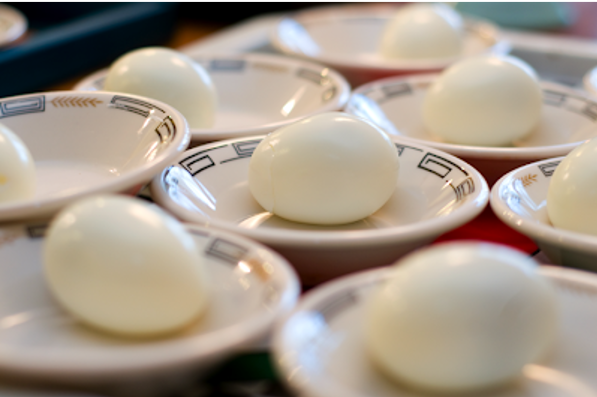

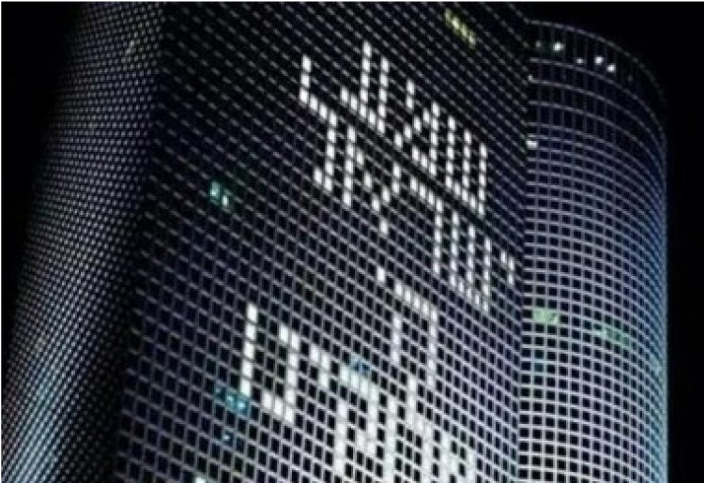





Comments